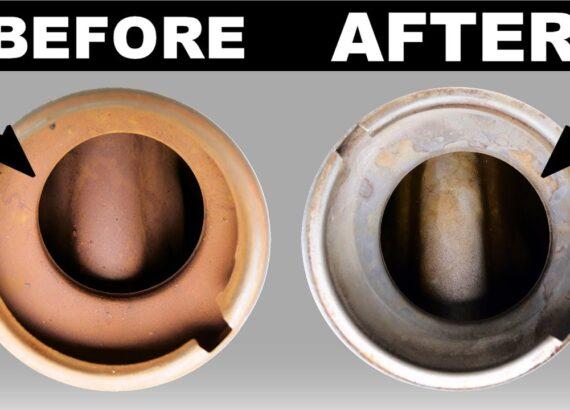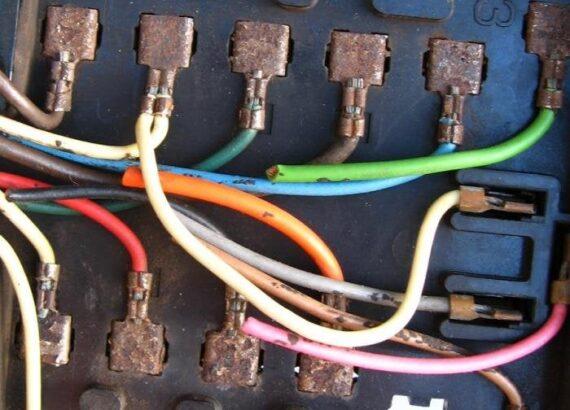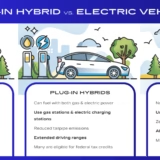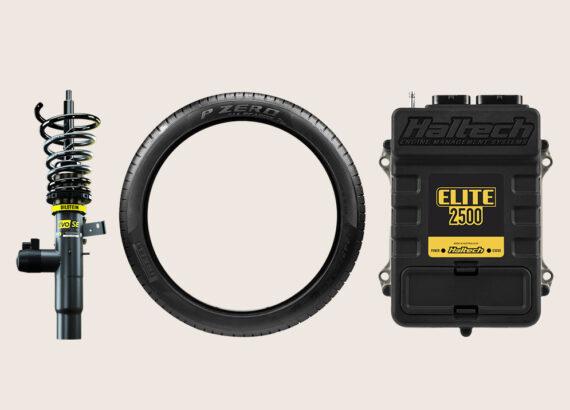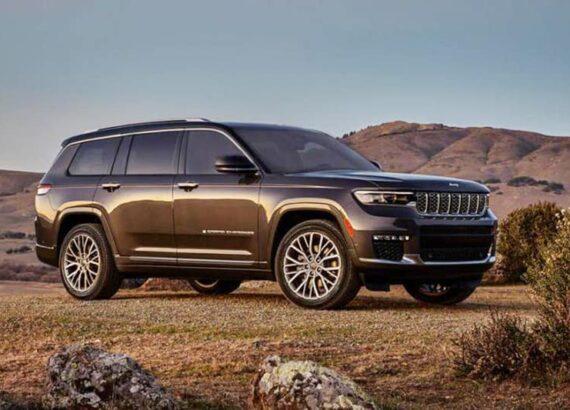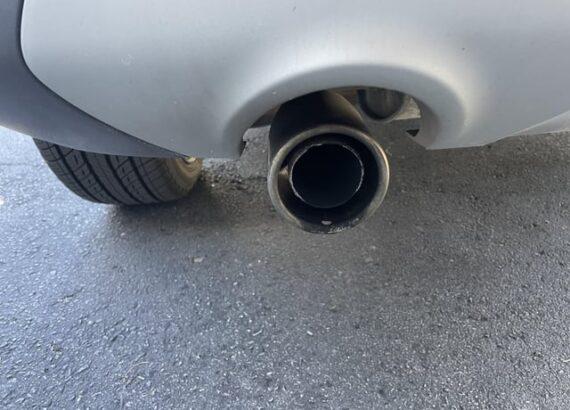How Do Hybrid And Electric Cars Help the Environment: Green Impact
Hybrid and electric cars reduce greenhouse gas emissions and lower air pollution. They use fewer or no fossil fuels.
Hybrid and electric cars offer significant environmental benefits. They emit fewer greenhouse gases compared to conventional vehicles. Electric cars, in particular, produce zero tailpipe emissions. This leads to cleaner air and a reduction in health issues related to pollution. Hybrids use a combination of gasoline and electric power, resulting in improved fuel efficiency.
Both types of vehicles contribute to decreased dependence on fossil fuels. As technology advances, its environmental impact continues to improve. The transition to hybrid and electric vehicles is essential for combating climate change. Investing in these vehicles supports sustainable transportation and a healthier planet.
Introduction To Green Vehicles
Green vehicles are cars designed to have less impact on the environment. They use alternative fuels or advanced technologies to reduce harmful emissions. Hybrid and electric cars are the most popular types of green vehicles today. These cars help protect our planet by reducing pollution and conserving energy.
Rise Of Hybrid And Electric Cars
In recent years, the demand for hybrid and electric cars has surged. Many people choose these cars for their eco-friendly benefits. Car manufacturers also invest heavily in green technology. This helps make these vehicles more affordable and accessible to everyone.
There are two main types of green vehicles:
- Hybrid Cars: These cars use both a gasoline engine and an electric motor.
- Electric Cars: These cars run entirely on electricity, with no gasoline engine.
Environmental Concerns
Traditional cars produce a lot of pollution. This pollution harms the air we breathe and contributes to climate change. Hybrid and electric cars produce fewer emissions. This helps to improve air quality and reduce the greenhouse effect.
Here are some key environmental benefits of green vehicles:
- Lower Emissions: They emit fewer harmful gases.
- Energy Efficiency: They use energy more efficiently than traditional cars.
- Less Noise Pollution: Electric cars are quieter, reducing noise in cities.
Choosing a green vehicle helps protect the environment. It also saves money on fuel and maintenance. Together, we can make a big difference by choosing eco-friendly cars.
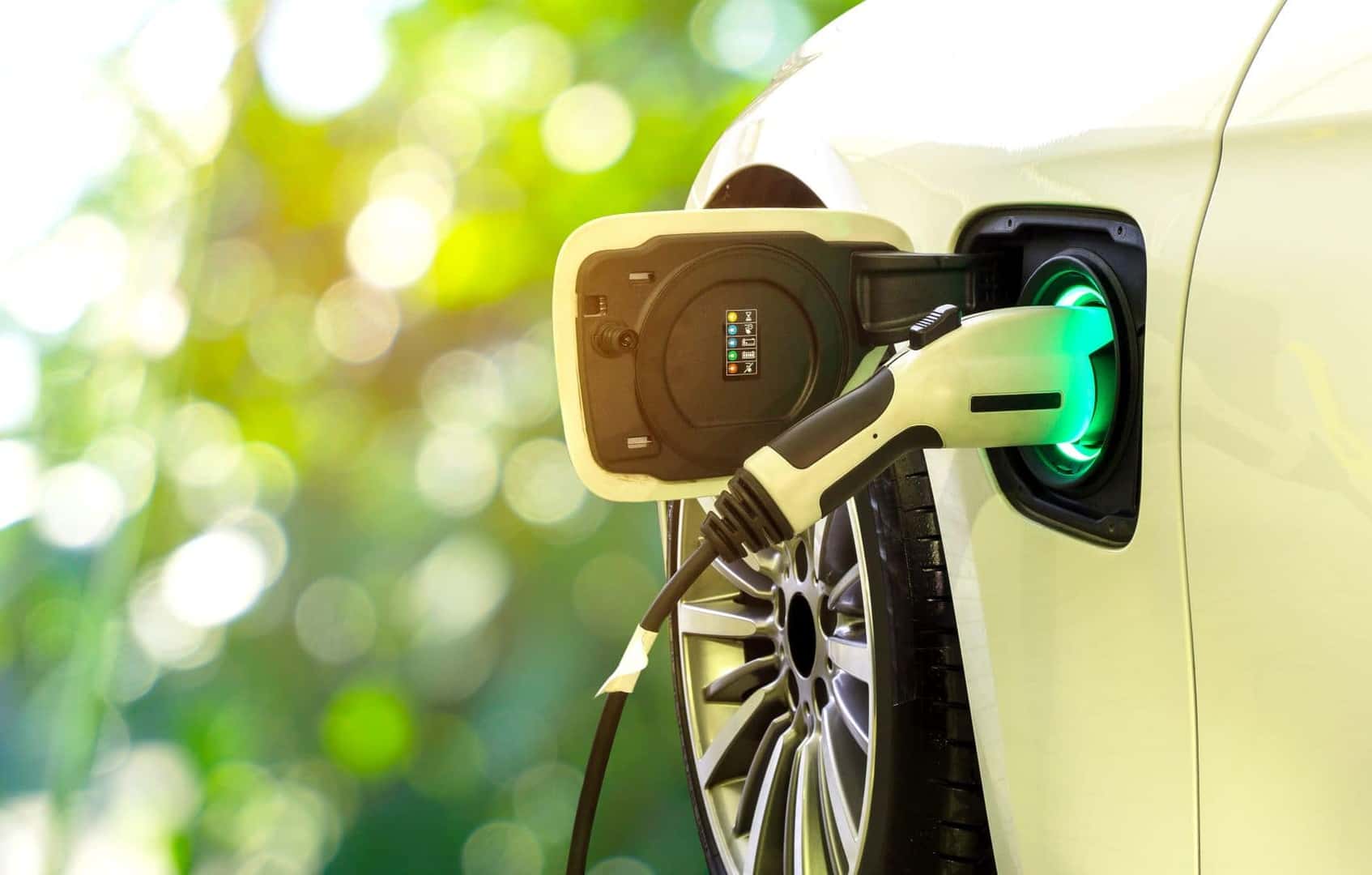
Credit: www.normreeves.com
Reducing Carbon Emissions
Hybrid and electric cars are beneficial for the environment. They help reduce carbon emissions, which is crucial for the planet. Let’s explore how these cars achieve this goal.
Lower Tailpipe Emissions
Electric cars have no tailpipe emissions. They run on electricity, not gasoline. This means they don’t release harmful gases. Hybrid cars also have lower emissions. They use a mix of gasoline and electric power. This reduces the amount of fuel burned.
Here is a simple comparison:
| Vehicle Type | Tailpipe Emissions |
|---|---|
| Gasoline Cars | High |
| Hybrid Cars | Medium |
| Electric Cars | None |
Impact On Air Quality
Another benefit is better air quality. Fewer emissions mean cleaner air, which is good for our health and reduces the risk of respiratory diseases. Children and the elderly benefit the most.
Here are some key points:
- Less smog formation
- Fewer pollutants in the air
- Healthier living environments
Overall, hybrid and electric cars make the air cleaner. They help us breathe easier. This is a significant step toward a greener planet.
Energy Efficiency
Hybrid and electric cars are known for their energy efficiency. They consume less fuel and emit fewer pollutants. This section will explore how these vehicles achieve high energy efficiency.
Fuel Efficiency In Hybrids
Hybrid cars combine a gasoline engine with an electric motor. This combination enhances fuel efficiency. Here’s how:
- The electric motor assists the gasoline engine during acceleration.
- Regenerative braking recharges the battery, reducing fuel consumption.
- Hybrid cars often switch to electric mode in stop-and-go traffic.
These features lead to fewer trips to the gas station. They also reduce the overall carbon footprint.
Battery Efficiency In Electric Cars
Electric cars run solely on batteries. These batteries are designed for maximum efficiency. Key points include:
- Advanced battery technology ensures longer driving ranges.
- Electric motors convert more energy into motion compared to gasoline engines.
- Charging infrastructure is improving, making it easier to recharge on the go.
Electric cars produce zero tailpipe emissions. This makes them a cleaner choice for the environment.
| Feature | Hybrid Cars | Electric Cars |
|---|---|---|
| Primary Energy Source | Gasoline and Electric | Electric Only |
| Fuel Efficiency | High | Very High |
| Emissions | Lower than Gasoline Cars | Zero Tailpipe Emissions |
Both hybrids and electric cars offer significant benefits. They help reduce energy consumption and pollution.

Credit: www.normreeves.com
Renewable Energy Integration
Integrating renewable energy with hybrid and electric cars offers significant environmental benefits. This integration supports sustainable energy sources, reducing greenhouse gas emissions and reliance on fossil fuels.
Solar And Wind Power
Hybrid and electric cars can be charged using solar panels. Solar energy is clean and renewable. Wind power is another excellent option. Wind turbines generate electricity without harmful emissions. Both solar and wind power reduce the carbon footprint of electric vehicles. Using renewable sources for charging makes these cars even greener.
Electric Grid Synergies
Electric cars can store excess renewable energy. This helps balance the electric grid. During peak production times, cars can charge using surplus energy. During high demand, cars can supply stored energy back to the grid. This synergy helps stabilize the grid and maximize renewable energy use.
| Benefit | Explanation |
|---|---|
| Reduced Emissions | Renewable energy sources produce no greenhouse gases. |
| Energy Security | Less reliance on fossil fuels and imported energy. |
| Cost Savings | Renewable energy can lower electricity costs over time. |
| Grid Stability | Electric cars help balance energy supply and demand. |
- Charge using solar panels: Clean and renewable.
- Use wind power: It generates electricity without emissions.
- Store excess energy: Helps balance the grid.
- Supply stored energy: Stabilizes the grid during high demand.
Integrating renewable energy with electric cars presents many benefits. It supports a cleaner, more sustainable future.
Decreasing Fossil Fuel Dependence
Hybrid and electric cars are changing the way we think about travel. They help reduce our reliance on fossil fuels. This shift benefits the environment in many ways.
Oil Consumption Reduction
Traditional cars run on gasoline or diesel, which are fossil fuels. Burning these fuels releases harmful pollutants. Hybrid and electric cars use less or no gasoline. This means fewer emissions and less pollution.
Hybrid cars combine a gasoline engine with an electric motor. This setup uses less fuel than traditional cars. Electric cars run entirely on electricity. They do not need gasoline at all. Using these vehicles can significantly reduce oil consumption.
| Vehicle Type | Fuel Source | Oil Consumption |
|---|---|---|
| Traditional Car | Gasoline/Diesel | High |
| Hybrid Car | Gasoline + Electric | Medium |
| Electric Car | Electricity | Low |
Sustainable Energy Alternatives
Electric cars can be charged using renewable energy sources. Solar and wind power are two great examples. These sources do not produce harmful emissions. They are clean and sustainable.
Hybrid cars also benefit from sustainable energy. They use electric motors that can be powered by renewable energy. This reduces their need for gasoline.
- Solar Power: Electric cars can be charged using solar panels.
- Wind Power: Wind turbines can generate electricity for charging cars.
- Hydropower: Water can also be used to create electricity.
By using sustainable energy, we can further decrease fossil fuel dependence. This makes our planet healthier and cleaner.
Lifecycle Environmental Impact
Hybrid and electric cars offer significant environmental benefits. Understanding their lifecycle impact is crucial. This includes examining manufacturing processes and end-of-life recycling. Each stage plays a role in their overall environmental footprint.
Manufacturing Processes
The production of hybrid and electric cars involves unique materials. These materials include lithium for batteries and rare earth metals. Extracting these materials has environmental costs. The energy required to produce these cars is also a factor.
| Material | Environmental Impact |
|---|---|
| Lithium | High water use in extraction |
| Rare Earth Metals | Mining pollution |
Despite these impacts, electric cars have a lower lifetime carbon footprint. This is due to their reduced emissions during use compared to traditional cars.
End-of-life Recycling
Recycling is a key part of the lifecycle. Hybrid and electric cars contain many recyclable parts. Batteries are the most important. Proper recycling of batteries can reduce environmental harm.
- Recycling reduces landfill waste.
- It conserves natural resources.
- It lowers the need for new raw materials.
Many companies are improving their recycling programs. This makes hybrid and electric cars even more eco-friendly.
Government Policies And Incentives
Governments around the world are encouraging the use of hybrid and electric cars. They offer various policies and incentives to promote cleaner transportation. These efforts aim to reduce pollution and save energy.
Tax Credits And Rebates
Many countries offer tax credits for buying hybrid and electric cars, reducing the cost of purchasing such vehicles. For example, in the United States, buyers can get up to $7,500 in tax credits. This makes electric cars more affordable for many families.
Additionally, some regions provide rebates for green vehicles. Rebates are cash payments given after you purchase a car. This means you get money back after buying a hybrid or electric car. These incentives encourage more people to choose eco-friendly options.
Emissions Regulations
Governments set strict emissions regulations to control pollution. These rules limit the amount of harmful gases cars can emit. Electric and hybrid cars produce less pollution than traditional cars, helping improve air quality by meeting these regulations.
Some areas have low-emission zones where only clean cars can enter. This helps reduce pollution in busy cities. Drivers with hybrid or electric cars often get special privileges in these zones.
Governments also set targets to phase out gas-powered cars. This pushes car makers to produce more electric and hybrid cars. Over time, this leads to a cleaner environment and healthier communities.
Future Innovations
Future innovations in hybrid and electric cars promise a greener future. These advancements will reshape transportation and reduce the carbon footprint.
Advances In Battery Technology
Battery technology is evolving quickly. New batteries are more efficient and last longer. They also charge faster, making electric cars more convenient.
Researchers are developing solid-state batteries. These batteries are safer and have a higher energy density. They can store more energy in a smaller space.
Another exciting development is the use of recyclable materials. This makes batteries more eco-friendly. It reduces the waste produced by old batteries.
| Battery Type | Benefits |
|---|---|
| Lithium-Ion | Longer life, fast charging |
| Solid-State | Higher energy density, safer |
| Recyclable | Less waste, eco-friendly |
Autonomous Green Vehicles
Self-driving cars are not only convenient but also green. These vehicles optimize routes and reduce fuel consumption.
Autonomous electric cars can reduce traffic jams. Fewer stops and starts mean less energy wasted. This results in lower emissions.
These cars use advanced sensors and AI to drive efficiently. They avoid sudden braking and maintain a steady speed.
- Optimized routes
- Less fuel consumption
- Reduced traffic jams
Future autonomous vehicles will communicate with each other, making driving even more efficient and further reducing the environmental impact.
- Advanced sensors
- Artificial Intelligence
- Vehicle communication
Consumer Adoption
Consumer adoption of hybrid and electric cars is crucial for environmental benefits. This trend shapes the future of transportation and sustainability.
Market Trends
Market trends show a significant rise in hybrid and electric car sales. According to a recent study, electric car sales grew by 43% in the past year. Automakers are now investing heavily in electric vehicle (EV) technology. Here is a quick look at the market trends:
| Year | Electric Car Sales (in millions) | Hybrid Car Sales (in millions) |
|---|---|---|
| 2018 | 2.1 | 1.5 |
| 2019 | 2.5 | 1.8 |
| 2020 | 3.0 | 2.2 |
| 2021 | 4.3 | 2.7 |
Public Perception
Public perception of hybrid and electric cars is becoming more positive. People now see these vehicles as eco-friendly and cost-effective. Social media and advertising play a key role in shaping this perception. Below are some key factors influencing public perception:
- Increased awareness of climate change
- Rising fuel prices
- Government incentives and rebates
- Improved EV infrastructure
Surveys show that younger generations are more likely to adopt these cars. They prioritize sustainability and technological advancement. This shift in attitude is driving the market forward.
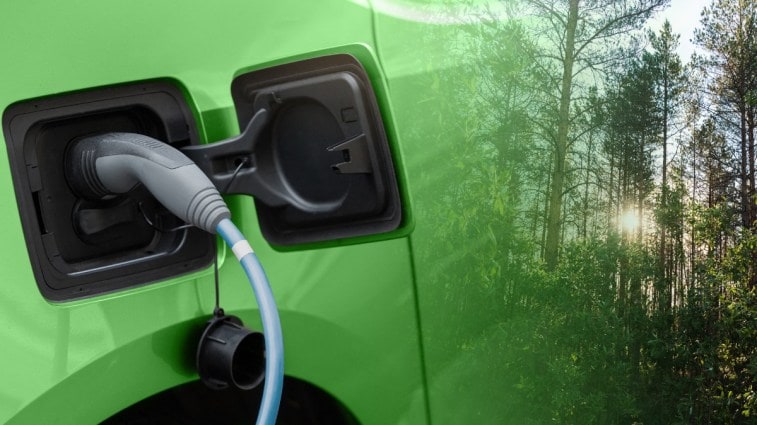
Credit: www.kbb.com
Global Impact
Hybrid and electric cars are transforming transportation worldwide. They offer a cleaner, more sustainable way to travel. This shift to eco-friendly vehicles reduces harmful emissions and conserves resources.
The impact is significant, especially in countries where pollution levels are high. By adopting these vehicles, we can see a drastic reduction in air pollution and greenhouse gases. This change benefits both the environment and public health.
International Efforts
Governments around the world are supporting the adoption of hybrid and electric cars. Many countries offer incentives such as tax breaks, rebates, and grants. These initiatives encourage people to switch to cleaner vehicles.
The European Union has set ambitious targets to reduce carbon emissions. By 2030, they aim to have at least 30 million zero-emission vehicles on the roads. China is also making significant strides with its New Energy Vehicle (NEV) program. This program aims to have 20% of all vehicles sold by 2025 be electric.
Case Studies
Norway: Norway is a leading example of the adoption of electric car technology. Over 50% of new cars sold are electric, which has significantly reduced the country’s carbon footprint and improved air quality.
India: To combat severe air pollution, India is focusing on electric vehicles. The Faster Adoption and Manufacturing of Hybrid and Electric Vehicles (FAME) scheme supports this initiative. The country aims to have 30% of all vehicles electric by 2030.
United States: The U.S. is also making progress with state-level initiatives. California aims to have all new vehicles sold be zero-emission by 2035. This move is expected to cut emissions drastically and set a precedent for other states.
| Country | Goal | Initiative |
|---|---|---|
| European Union | 30 million zero-emission vehicles by 2030 | Carbon emission reduction targets |
| China | 20% of vehicles will be electric by 2025 | New Energy Vehicle (NEV) program |
| Norway | Over 50% of new cars are electric | Tax incentives and rebates |
| India | 30% of all vehicles will be electric by 2030 | FAME scheme |
| United States | All new vehicles will be zero-emission by 2035 | State-level initiatives |
Frequently Asked Questions
How Do Hybrid Cars Reduce Emissions?
Hybrid cars use both an internal combustion engine and an electric motor. This dual system cuts fuel consumption and lowers CO2 emissions. Reduced fuel usage means less pollution and a smaller carbon footprint.
Are Electric Cars Better For The Environment?
Yes, electric cars produce zero tailpipe emissions. They rely on electricity, reducing reliance on fossil fuels. This helps in lowering overall greenhouse gas emissions, making them eco-friendly.
What Are The Benefits Of Hybrid Cars?
Hybrid cars offer better fuel efficiency. They emit fewer pollutants and reduce dependency on fossil fuels, making them a greener choice for transportation.
Do Electric Cars Save Energy?
Electric cars are more energy-efficient compared to gasoline cars. They convert more energy from the battery to drive the wheels. This high efficiency translates to less energy waste.
Conclusion
Hybrid and electric cars significantly reduce emissions and pollution. They promote cleaner air and a healthier planet. With lower carbon footprints, these vehicles are essential for sustainable transportation. Embracing this technology can lead to a greener future. Choose hybrid and electric cars to contribute to environmental conservation and reduce global warming.

Sium is a passionate automotive enthusiast and writer at SiumPro. With a deep understanding of cars and a keen eye for detail, Sium brings valuable insights and engaging content to readers. From reviews to tips and industry updates to delivering informative and enjoyable automotive articles.

